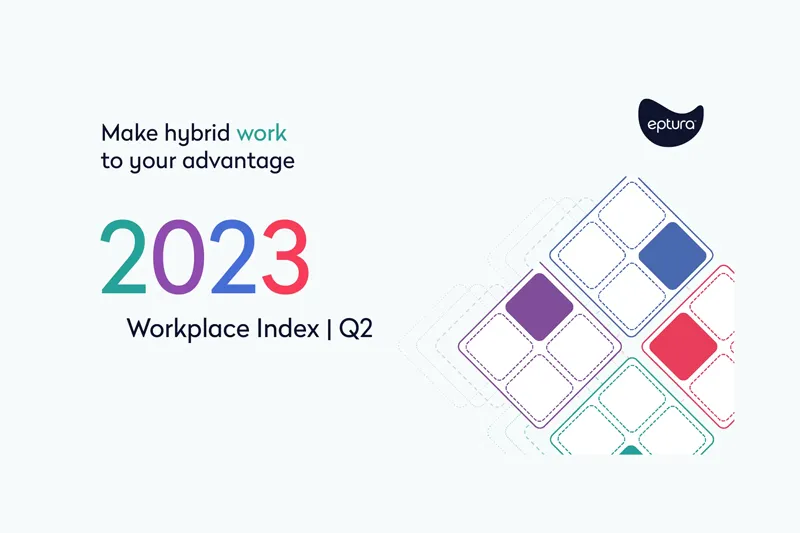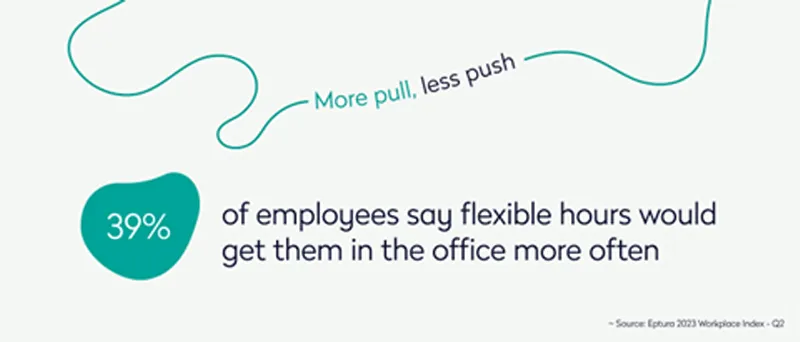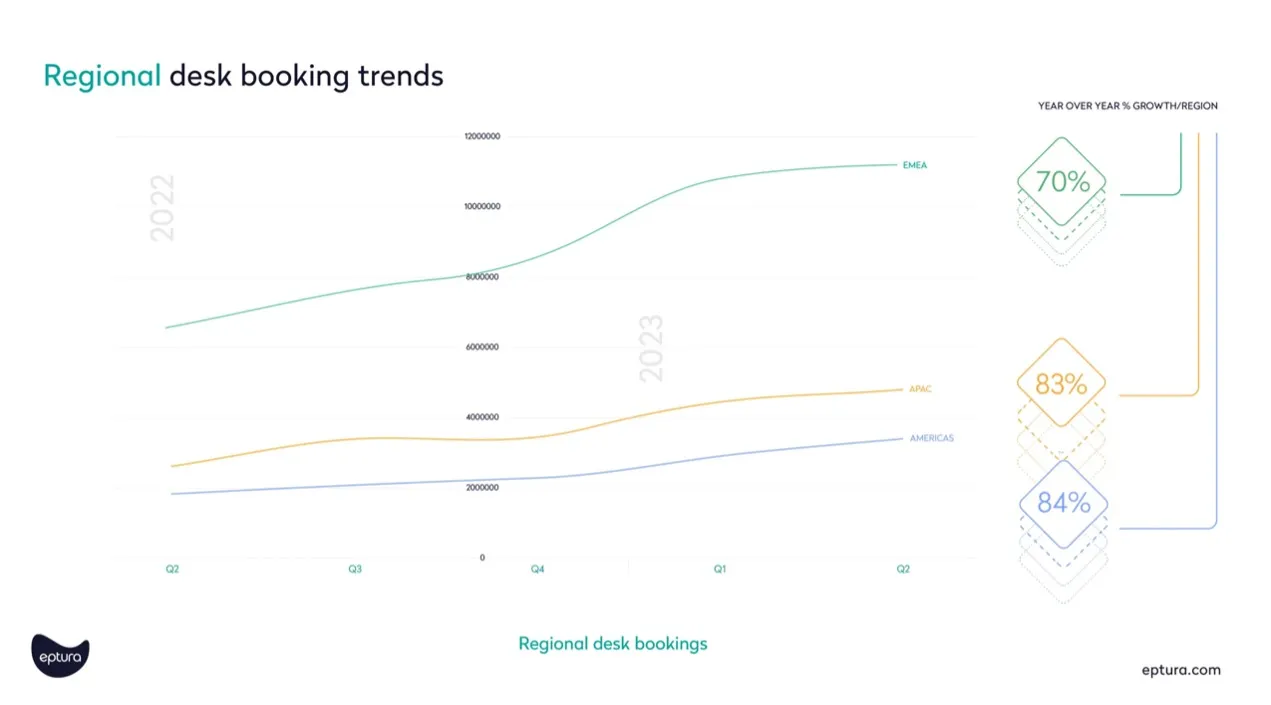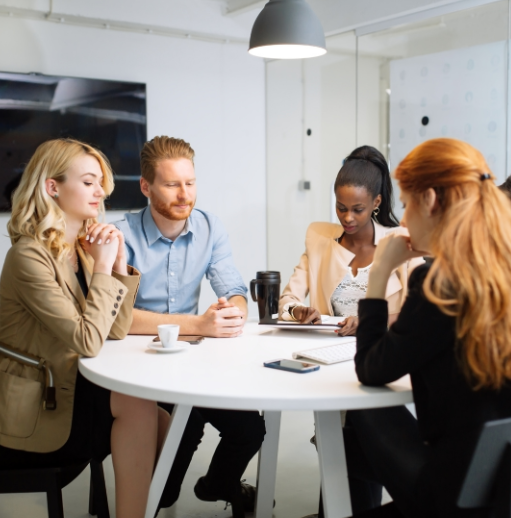
What really happened in your workplace in Q2 2023? Our latest research combines survey feedback on employee preferences and behaviors with an analysis of building use — and its impact on asset maintenance.
Workplace and asset data trends in context
Meeting room and desk bookings climbed – as corrective maintenance expanded past established industry ratios, per our analysis of 8,000+ companies with 2.7 million desks, 440,000 floors, and 37,000 buildings.
There was a 20% increase in maintenance work orders from Q2 2022 to Q2 2023. At a time when facility management budgets are scaled down, demand for planned and corrective maintenance and systems upkeep continued to grow.
The challenge? Being able to give preventive maintenance the full attention it needs when on-demand and corrective work orders dominate the facility and maintenance teams’ time.
At the same time, employees rank socializing and collaborating with co-workers as the top two reasons for visiting the office, per our survey of 6,700 employees. But you’ll never guess what ranked third: Establishing a boundary between work and home.
Flexibility isn’t a cover for remote working only. It doesn’t mean never coming into a workplace or not having autonomy at work (wherever it is each day). It means there is a recognized human need for physical separation between home and work. According to our study, having a workplace to go to can help reinforce community purpose, improve 1-on-1 in-person communication and collaboration with managers, boost career progression and mentoring.
Survey respondents also expressed a need for having access to equipment and a better working environment as important motivating levers for visiting the workplace – whether an office, a commuting hub, co-working space, hospital, college campus, manufacturing plant, et al. Our data also shows that more freedom of choice on the commute via flexible work schedules could make a difference in seeing people more days in the office.
Three workplace and asset takeaways for the second quarter:
- Flexibility continues to drive workspace complexity for facility and asset teams
- Uncertainty leads to more cross-function coordination to manage
- Variable work patterns lead to flexible building and space footprints
Flexibility continues to drive workspace complexity for facility and asset teams
Year over year, more people are going in for a workplace experience. The number of visitors per location is now higher than pre-pandemic levels across all industries and regions.
Eptura’s Q2 Workplace Index finds across-the-board increases in global desk bookings in Q2 2023:
- Asia-Pacific: 83%
- Europe, the Middle East and Africa (EMEA): 70%
- Americas: 84%
Similarly, year over year in Q2, meeting room bookings are up: APAC room bookings increased by 67%, EMEA increased by 57%, and the Americas increased by 48%.
Employee freedom, however, continues to increase complexity for facility and maintenance teams. More than a third of global employee’s book desks the day before or the day of going into the office.
What does that short window of time mean? Space planning and scheduling becomes more reactive – and workspaces of all types can be competitive. Facility and maintenance teams have a harder time finding the flexibility they may need for ad-hoc work –which is up in a big way. For every four work orders planned, maintenance responds to more than seven break-fix or ad hoc ticket requests.
Regional outlook for day before/day of bookings:
- Americas: 33%
- APAC: 34%
- EMEA: 31%
“Facility and asset managers continue to face significant challenges to identify the right workspace mix for employee needs while keeping their real estate and building systems running efficiently,” said Brandon Holden, CEO of Eptura.
What can you do about it? Seek more precision. Marry employees’ desired workstyles to the business need for more predictability. Leverage accurate day-to-day workplace utilization data to gain a clearer picture of expanding building populations.
Uncertainty leads to more cross-function coordination to manage
Many organizations are in a holding pattern – with data that’s often living in siloed systems managed by different departments. How can you optimize workspaces to attract people to the workplace while simultaneously managing the bottom line?
Monthly equipment inspections are up month-over-month with more people in the workplace. As daily maintenance ‘work orders closed’ peak at the start of the week, daily inspections peak in the middle of the week. This situation puts the burden on facility and asset managers — who traditionally work behind the scenes — to coordinate with reception, security, and administrative teams to combine data analysis and decision-making.
It requires establishing new working committees and more time for management and meetings, especially with data scattered across systems.
“For organizations to make better investment decisions on their building assets, they must look beyond siloed data sources,” said Holden.
Unified data and systems will help companies efficiently manage assets and real estate portfolios to match demand while ensuring a cost-effective work experience that attracts employees to the office.
Variable work patterns lead to flexible building and space footprints
The pressure to reduce CO2 emissions and energy costs is on. Since buildings account for 39% of global carbon emissions, the C-Suite, boards of directors, shareholders, and employees are keenly aware of the impact workspaces have on the environment.
Yet, more precise data on flexible work patterns coupled with automation could help optimize building systems and reduce energy use — with smart sensor-based lighting, heating, and cooling in targeted, less-utilized areas. It’s one way to help to shrink the carbon footprint.
By focusing on preventive rather than corrective maintenance, companies can reduce CO2 emissions. Our Q2 data shows a ratio of preventive to corrective maintenance to be 4:7. However, the ideal industry ratio is roughly 4:1. By shifting the balance of maintenance activities from unscheduled to scheduled, organizations can streamline work based on building occupancy to better meet sustainability goals.
Connection leads the motivation for movement
What motivates employees and managers today to come to the workplace? Socializing. Collaborating. Boundaries. Commuting and workday scheduling.
Socializing tops all
Employees recognize the need for balance, acknowledging the isolation of working remotely, and the need for social interaction. The value of the office is driven by connection. Nearly half of those surveyed (47%) say they like to be near their team when in the office. Proximity to colleagues has value beyond what employees feel they can achieve virtually.
Having friends at work is an important lever for success – not just for company culture, but for everything from employee retention to sense of fulfillment. If socializing helps employees feel engaged and connected at work, there is a benefit. Gallup research tracks the top workplaces as measured by employee engagement. The top companies have 18 engaged employees for every one actively disengaged employee.
Collaborating is a close second for individual contributors
Younger generations tend to collaborate more frequently than older generations, but the collaboration is more spontaneous, and rarely planned. While planned collaboration is easily achieved no matter where teams are located, getting colleagues to work together on the fly presents a challenge when spread across locations.
For senior managers and middle managers, collaborating with colleagues ranks highest when asked what they appreciate most about going to the office. Socializing with friends and colleagues is not a top-three motivation for senior managers. But it is the second-most important factor for middle managers.
Finding value in the boundaries between work and home
Despite this area being slightly lower in the ranking than the human connection and collaborating trends, it did come in right below them. Leaders need to acknowledge how some employees and managers have a need for more separation of personal and professional time and physical space.
Not everyone wants to be home seven days a week. Connecting and being physically near teams and managers offers a sense of community and purpose – and sometimes, it can simply be a better working environment away from home and unproductive distractions. Ultimately, a balanced hybrid work schedule promotes healthy, productive work.
Foster common ground in commuting and workday scheduling
Our research finds more flexible work hours would be the biggest motivator in getting people back into the office. Having more flexibility in scheduling commuting and workday start times are a popular survey answer.
Dive in. Download the full Workplace Index Report.







